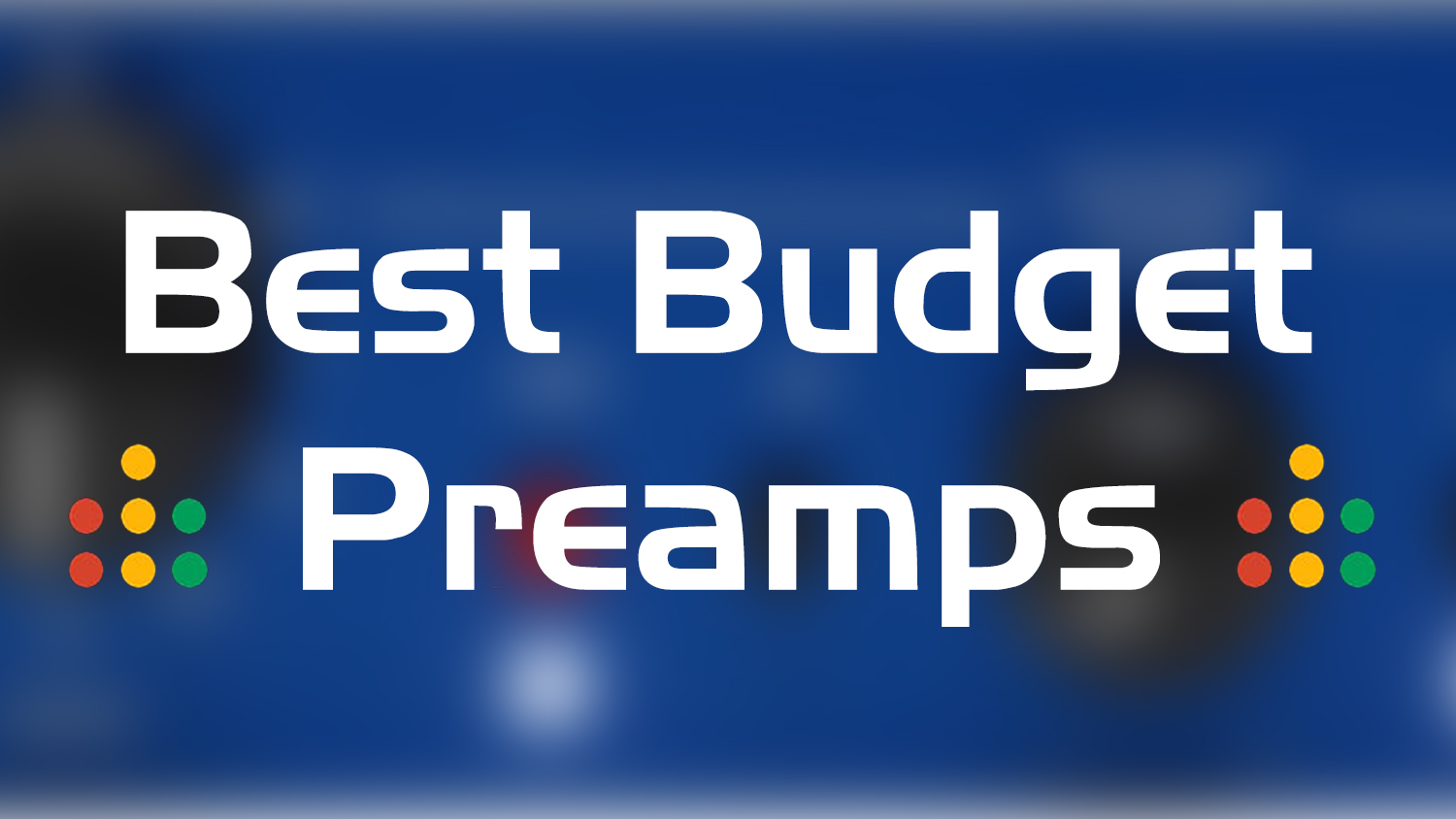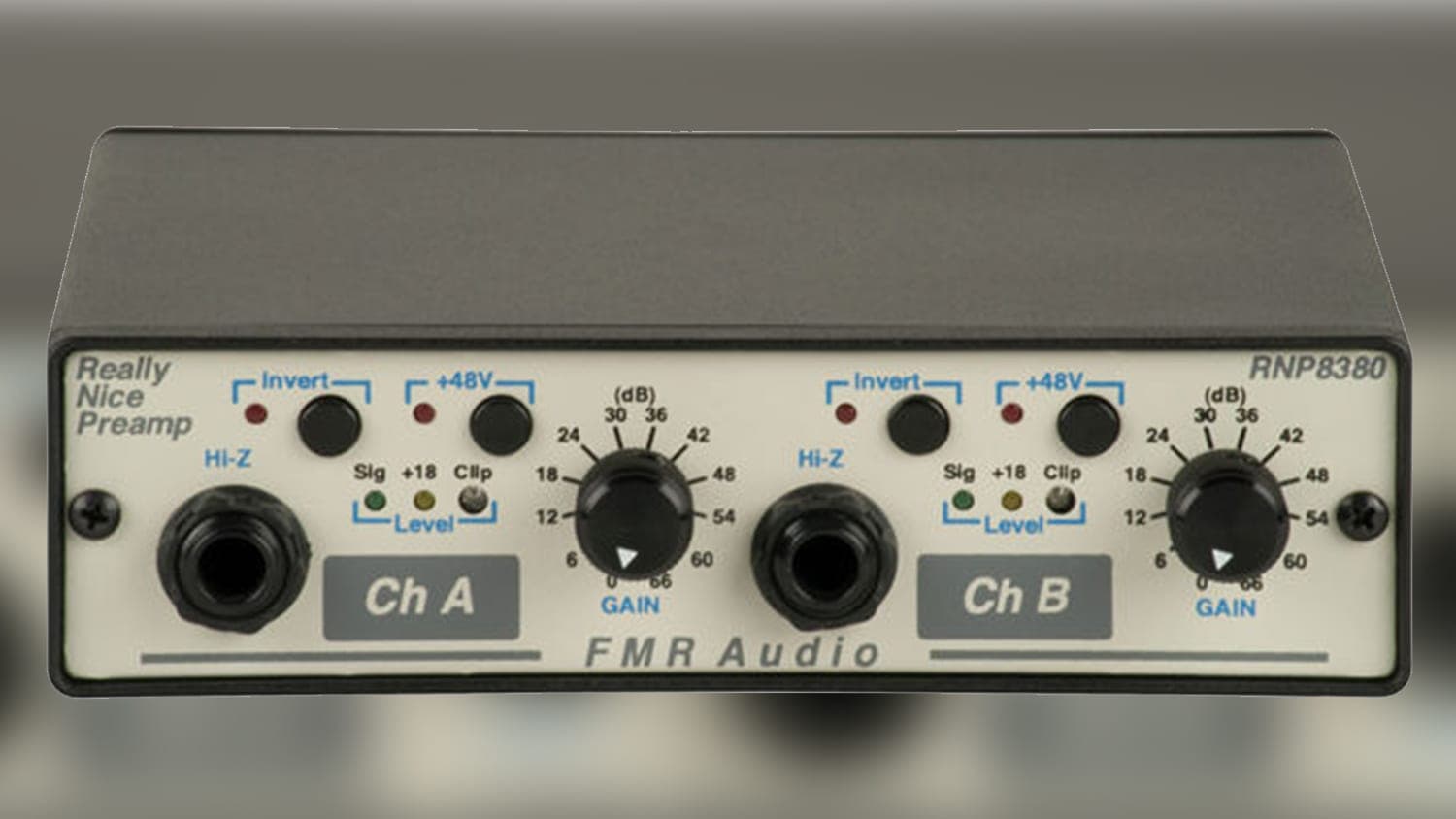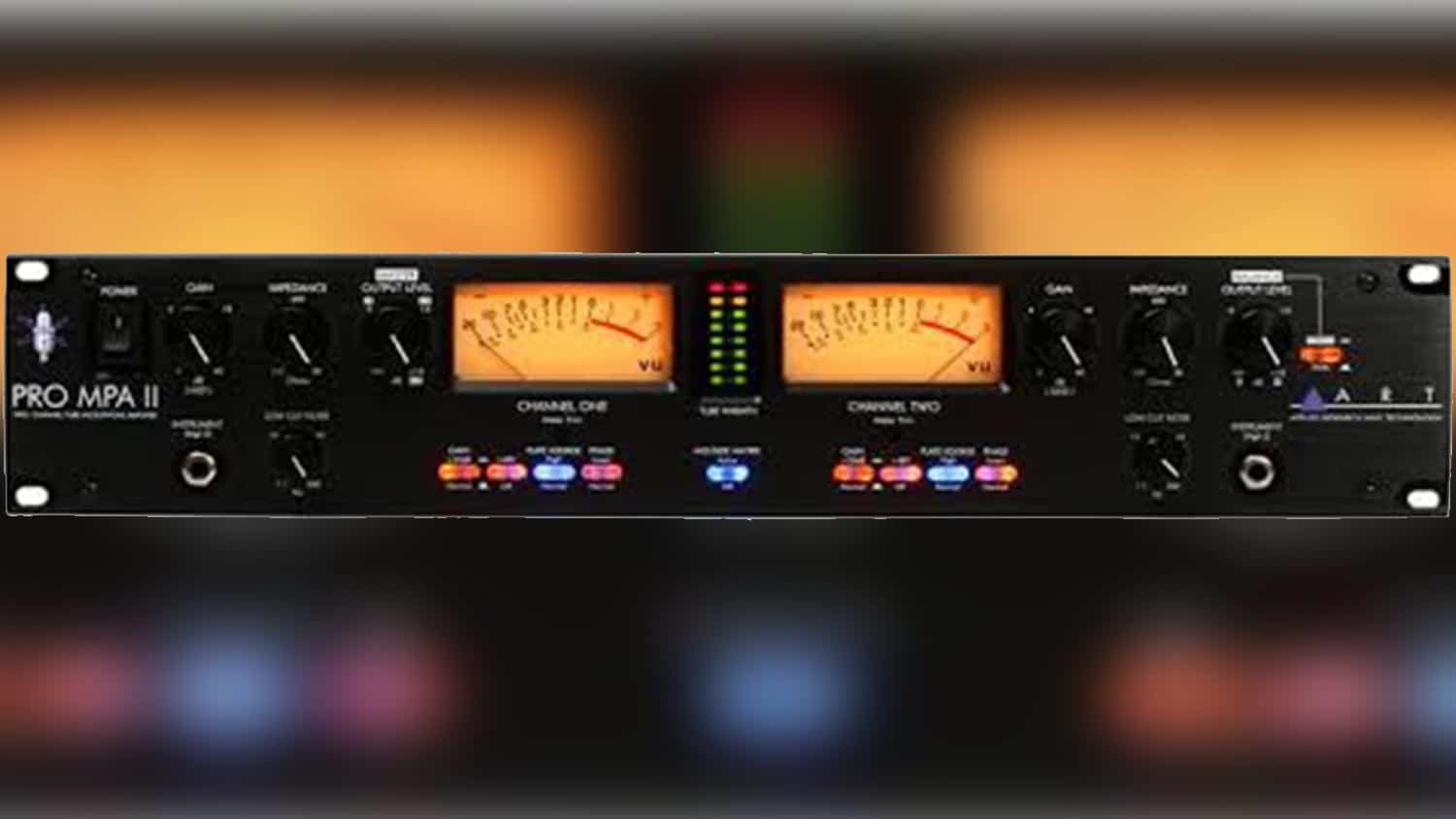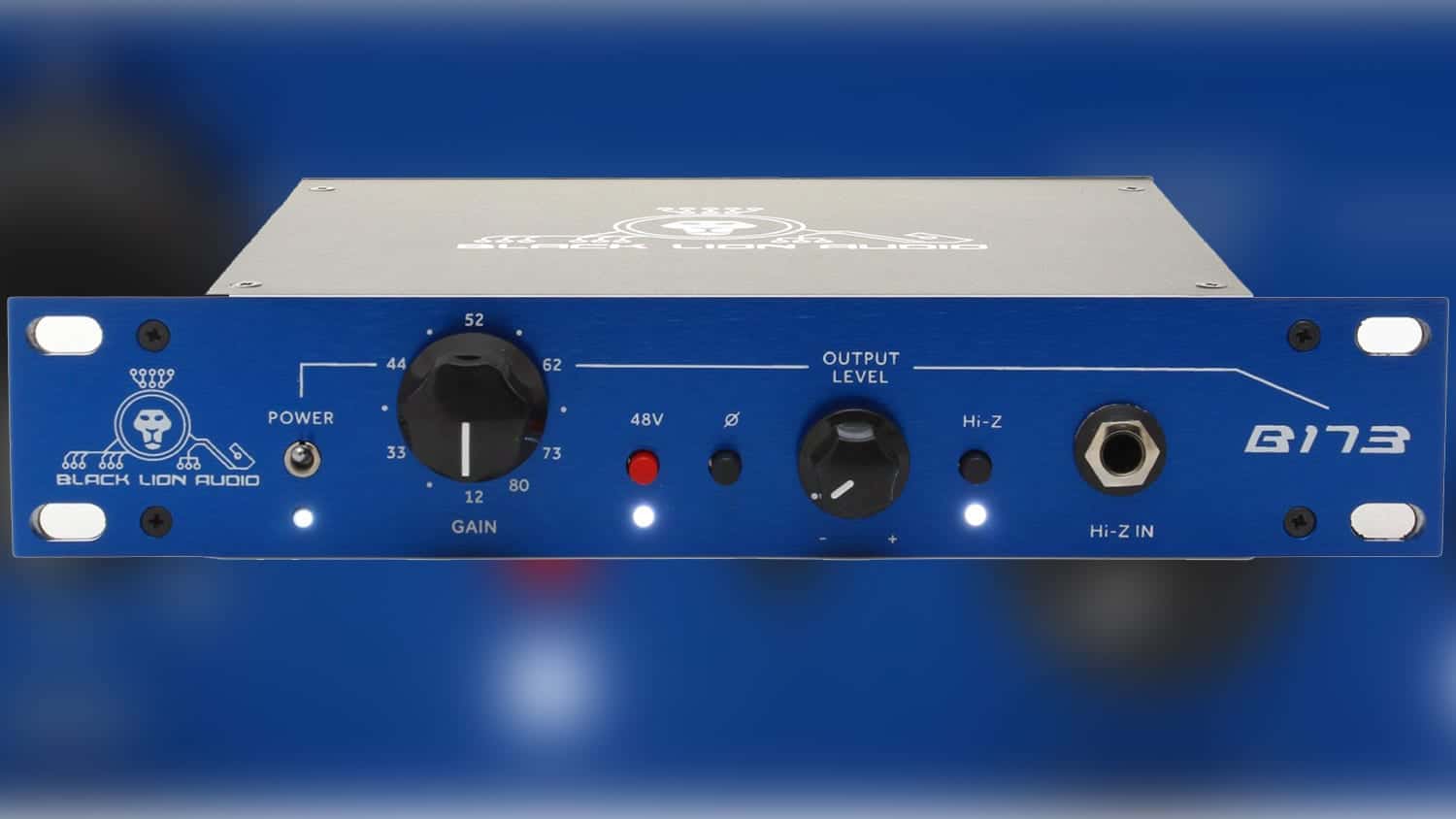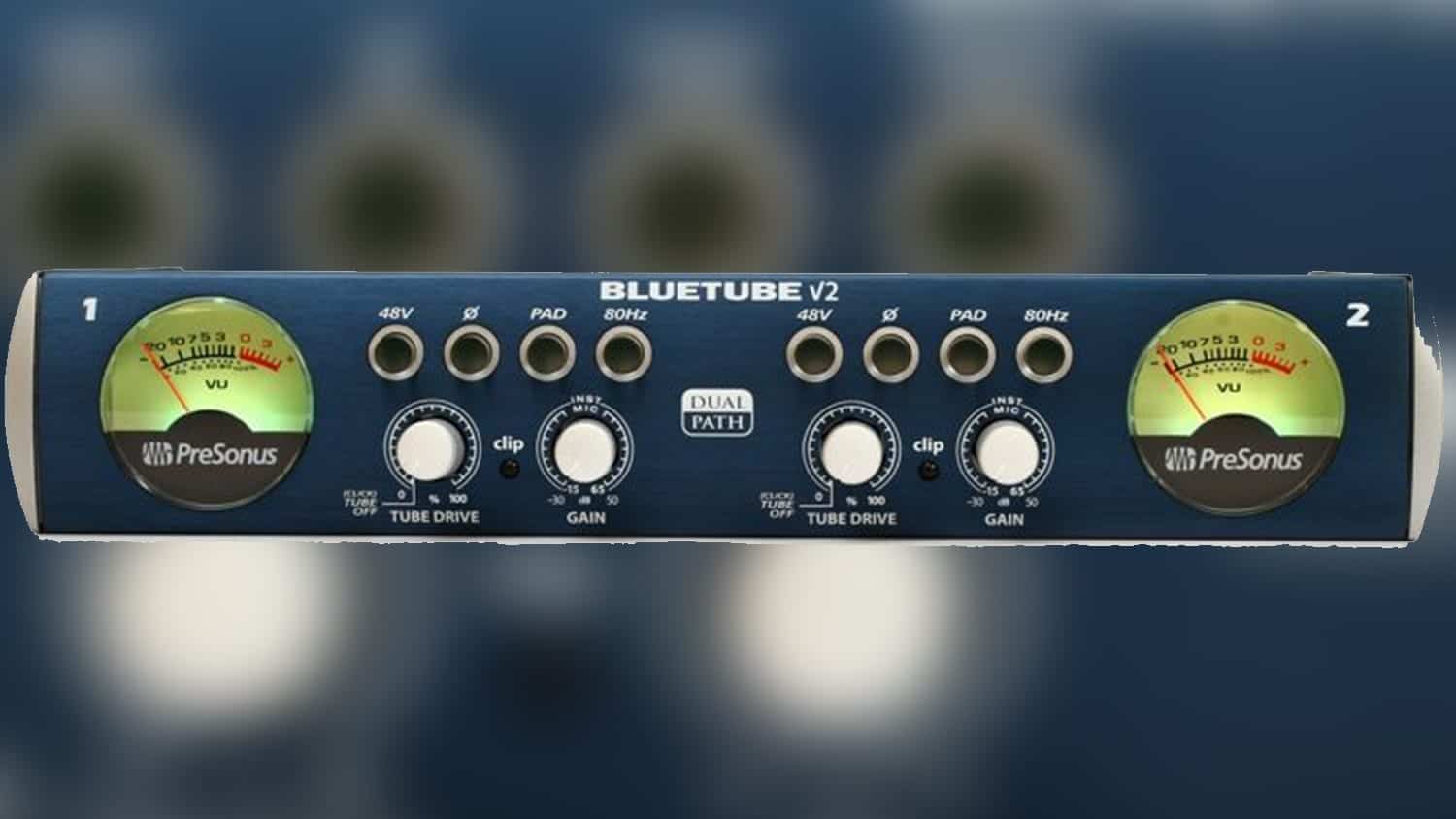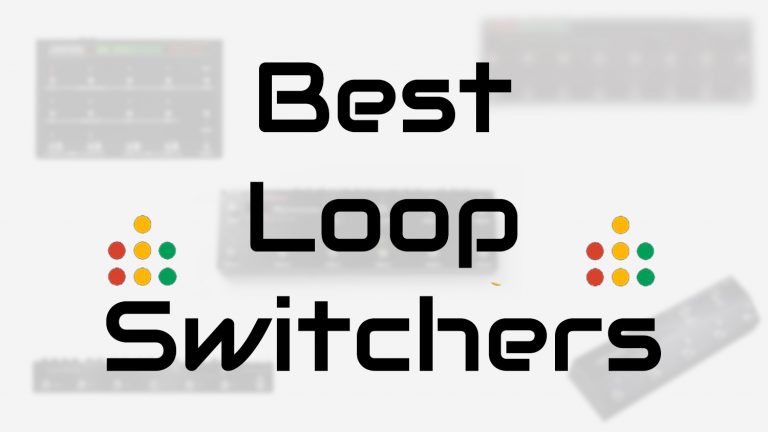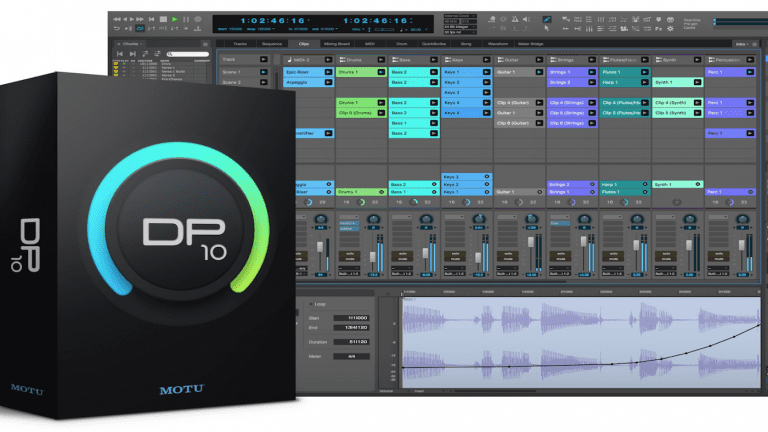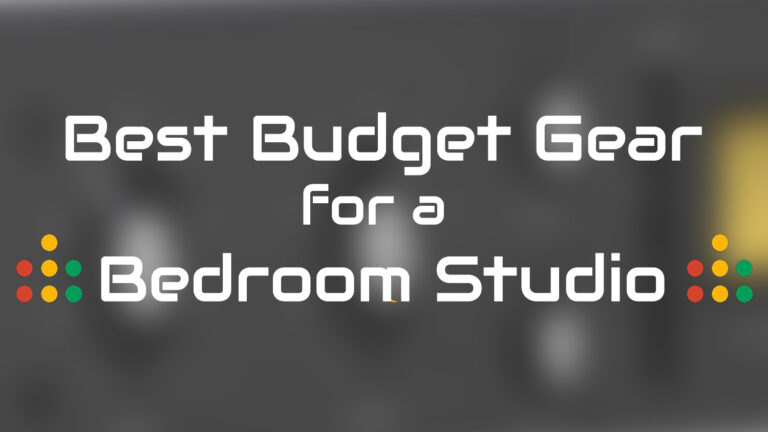For a while, outboard gear fell somewhat out of favor as in-the-box digital recording technology got better and better. In a lot of cases plug-ins can be just as useful, if not more so, than outboard hardware. This doesn’t apply to the best budget preamps, though.
In addition to sounding great, plugins are cheaper, don’t take up physical space, offer instant recall, and are more convenient. While this might be true for things like compressors and equalizers, one of the types of gear that still stands tall in the hardware world are preamps.
And while there are a few plug-in preamps available, due to the nature of the technology it will probably never be able to be fully replaced in-the-box. The best budget preamps come in a variety of formats.
Models on this list are desktop units or rack-mountable only – meaning there are no 500 series modules included. The preamps built into recording interfaces are usually designed to be as clean and transparent as possible, and outboard preamps usually offer vibe and coloration as an alternative.
Either way they will offer an upgrade in sound quality, no matter what kind of sonic signature it imparts to the signal.
Check out the best budget preamps for 2024 below.
Best budget preamp overall: Golden Age Project Pre-73 MKIII

Neve is a magic word in the recording world. The 1073 is one of the most popular “color” preamps out there, and for good reason. It provides the quintessential vibe that one looks for in an outboard unit.
The GAP-73 is probably the most affordable 1073-style preamp around, and it features everything you need for a session. This includes phantom power, DI, versatile I/O, switchable impedance, high-pass filter, and an LED output meter for keeping levels under control. It’s kind of amazing that all of these appointments could fit into a half rack unit!
With 80dB of gain on tap, you can use it for anything – ribbons that require a lot of juice, even room mics placed far away from the source. The Pre-73 is a great, vintage-sounding complement to the intentionally clean, transparent preamps that come with most interfaces.
Best two-channel budget preamp: FMR Audio RNP
FMR comes up a lot in the “best budget outboard gear” conversation. Their RNP preamp is a two channel Class-A preamp in a compact design. With its 1/3 sizing it can slide easily into any rack setup.
It’s designed to be as clean as possible with introducing any coloration to the signal. While this might not be what you need in an outboard preamp, the quality is almost certain to be better than the preamps included on most low and mid level interfaces.
It provides up to 66dB of gain, DI, phantom power for each channel. The I/O is fairly standard for an outboard preamp, and the inputs can take XLR, TRS, or ¼” TS signals.
There are inserts for each channel for integrating with interfaces and other outboard gear like compressors. The only real downside is that the outputs are unbalanced, so short cabling to connect to your recording system is best practice.
Best budget preamp with digital I/O: ART Pro MPA II
There aren’t too many tube-based units in the list of best budget preamps. Two channels support dual mono or stereo functionality, and a mid/side matrix accommodates different routing configurations.
Variable input impedance to allows you to blend in the tube tone to the clean signal. You can also use this to alter how microphones sound through it by mismatching the impedance.
Plenty of gain accommodates every type of microphone – including ribbons. Each channel has plate voltage and phase switches and a high-pass filter.
You might not find a more affordable tube preamp. It can’t be used in a single microphone mono scenario, but it’s great on stereo sources like drum overheads, acoustic guitars, and piano.
Best API-style budget preamp: Warm Audio WA12 MKII
Warm Audio makes some of the best vintage-inspired modern studio gear, and the WA12 MKII is one of their best. It’s in rare company being one of the only (if not THE only) budget preamp based on an API design – the 312.
It’s based around a fully-discrete circuit that integrates USA Cinemag transformers and a 6-pin socketed 1731-style opamp that can be hot swapped with any other 6-pin 2520 opamp to change the tone of the unit. This level of easy personal customization isn’t found in other budget preamps.
When using the WA12 as a DI the signal flows through the entire circuit which imparts the tone to whatever instrument you’re recording. It’s easy to dial in too, with only two controls (Gain and Output) and five buttons to control how you use it.
API preamps (and compressors) are acclaimed for their clean sound and good amount of gain and headroom. They also come at a high cost. But Warm Audio’s take is a faithful recreation that adds a level of tonal customization even official API models don’t offer.
Best budget preamp for vintage sound: Fredenstein Professional Audio V.A.S.
The V.A.S. provides a smooth, natural preamp sound in an ergonomic desktop format. It’s meant to be on the cleaner side, and never provides too much additional signal coloration.
Two of the build components that give the V.A.S. its signature sonics are a steel-core output transformer and their proprietary OPA2 op-amp. This op-amp is socketed so you can easily swap it out to change the sound if you’re feeling experimental.
The gain control can give you up to 65dB, and there is an output control for attenuation. There are a number of switches including a -20dB pad, polarity, phantom power, and high-pass filter.
Interestingly enough there is also a headphone output with volume control. This is somewhat of an unusual feature for a preamp. XLR and TRS inputs and outputs are located on the rear of the unit, which could present some problems if you want to rack it.
Finally, there is an insert point for integrating other outboard gear like compressors into the signal chain.
Best Neve-style budget preamp: Black Lion Audio B173
Yet another Neve-style preamp comes from Black Lion Audio in the B173. The Cinemag input transformer gives it the characteristic 1073 sound, and it’s simpler to use.
Input gain and output level let you dial in your desired sound, and there are switches for phantom power, phase reverse, and Hi-Z so you can use it as a DI. And with 80dB of gain, there is no microphone that can’t work with it.
It doesn’t offer any additional features, but is a tremendous value for one of the best budget preamps on the market.
Best budget tube preamp under $300: Presonus BlueTube DP V2
Budget tube preamps are all based on the “starved plate” topology, and the BlueTube is no different. It features two Class A Presonus XMAX preamps that run on 12AX7 tubes.
This style of circuit makes a great introduction to tube preamps. Each channel has a Tube Drive control to get the perfect amount of saturation without having to increase the input gain.
Each channel has switches for phantom power, polarity reverse, a -20dB pad, and a high-pass filter at 80Hz and there are VU meters for keeping levels in check. All of this comes in a desktop-friendly 1/2U enclosure that can rack up nicely.
With the BlueTube you can get totally transparent, a little warmth, or full-on tube saturation – and everything thin between.
FAQ
How much difference does a good preamp make?
A good preamp makes a world of difference in sound quality. You’ll get a clearer signal with more articulation, more headroom, and a lower noise floor. Different types of preamps have their own sonic signatures. This lets you choose what kind of sound you want to impart on the signal.
Are external preamps worth it?
After the microphone, preamps are one of the most important elements of the signal chain. They give you more control over how you shape the sound and many come with additional processing features not available in onboard preamps that come with most interfaces.
Can I use a budget preamp for professional recordings?
Professionals definitely use affordable preamps. It’s more common in modern music production considering how easy it is to make music anywhere with digital audio.

